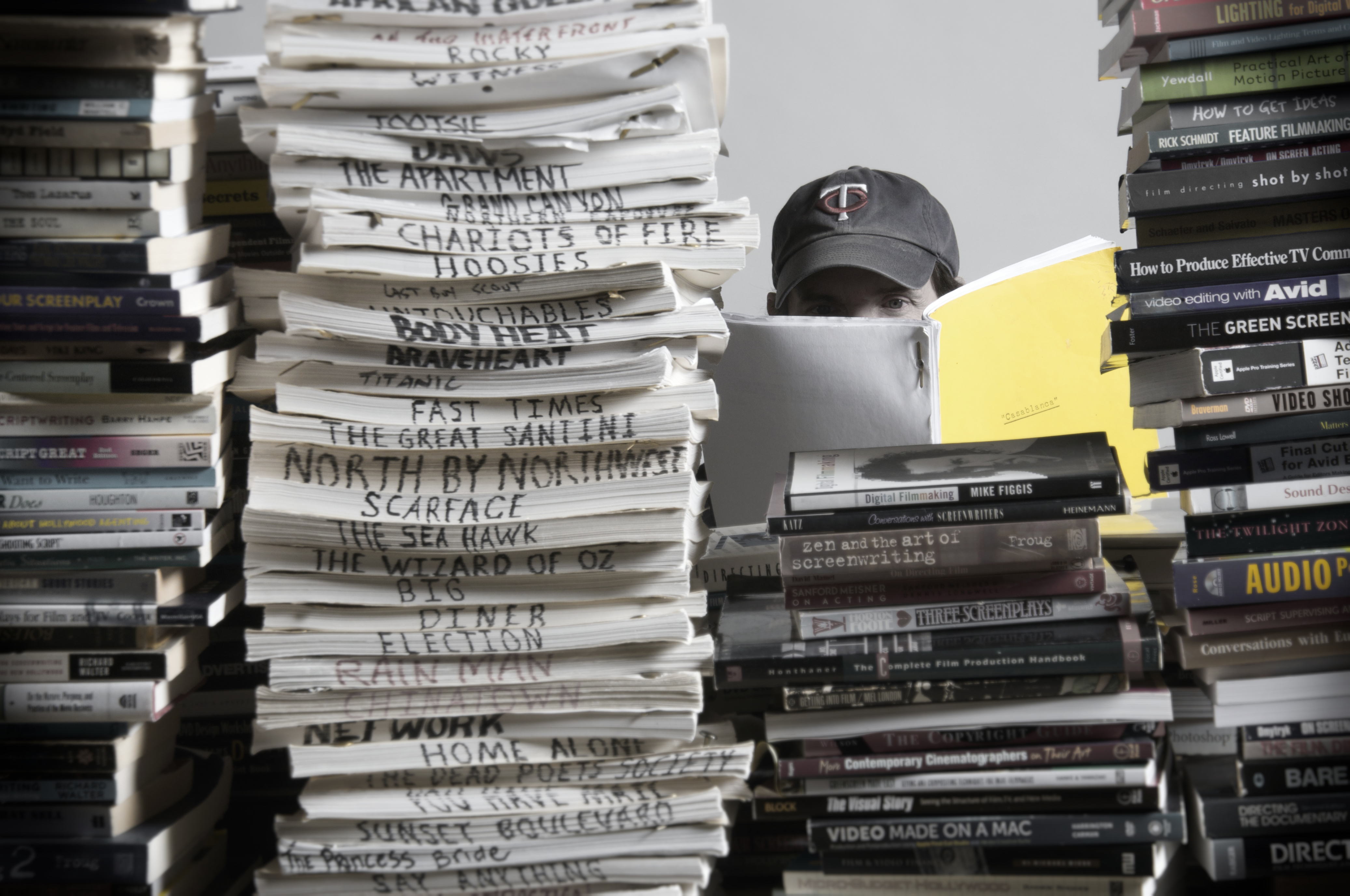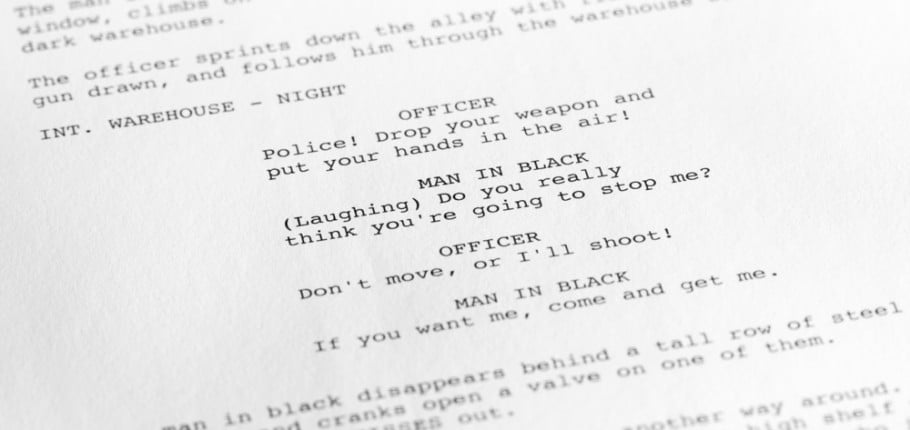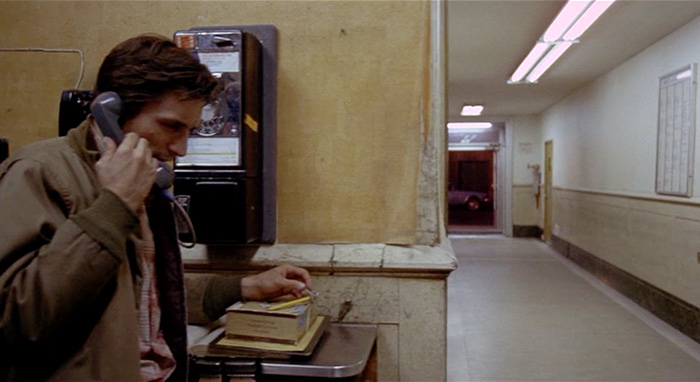Wednesday 13 November 2019
Friday 8 November 2019
Friday 4 October 2019
Silent Cinema - Reveision Elements
Revision Elements
Characteristic aesthetic qualities of Keaton (mechanical comedy, deadpan, acrobatics) and American Silent Comedy (looking closely at all aspects of film form and creators as auteurs)
Charlie Chaplin
Harold Lloyd
Keaton helped shape the movement.
The Star System of Hollywood, Arbuckle scandal
Modernism
The wider context (German Expressionism - Nosferatu 1922, Soviet Montage - The Man With The Movie Camera 1929)
Art movements (e.g. Cubism, Surrealism, Expressionism) or a broader cultural shift (Modernism)
Andre Bazin - Expressive vs Realist
Lumiere Brothers
Georges Melies.
Vaudeville
Cinema of Attractions
Slapstick
Chase and trick films
(Next week...)
Rube Goldberg
Flatpack house
Friday 13 September 2019
Thursday 5 September 2019
Tuesday 25 June 2019
Tuesday 4 June 2019
Deadline for Storyboard, Screenplay and Evaluative Essay:
Deadline for Storyboard, Screenplay and Evaluative Essay:
Start of the lesson - Tuesday 18th of June
The next two weeks are crucial for completing your coursework. It is worth 30% of your overall AL grade.
You may use RM41 whenever you want, and also feel free to ask me for help outside of lessons. I really want you to hand in a quality piece of coursework as soon we will be straight onto the remainder of Component 2 – Global filmmaking perspectives. That's 6 films! Woohoo!
Please ensure that you walk into the classroom with three elements in a folder:
1. Storyboard (ensure all shots are numbered)
2. Screenplay (create a front cover like THIS )
3. Evaluative Essay (litter your essay with relevant screengrabs of the films you are discussing, at least 10) Want to know how it will be marked? My handy checklist is HERE
Each must be named, spell-checked and completed.
Best of luck!! I am looking forward to seeing what you produce!
Tuesday 30 April 2019
Silent Cinema Homework 1
American Silent Comedy Doc
Print off. Read up to page 5 and make Cornell notes in the margin. Bring to the next lesson on Tues 2nd of May.
Tuesday 12 March 2019
Other cinematic influences
In your next paragraph, you are to discuss other CINEMATIC INFLUENCES that have informed the production. It would be great if you could also find a screenplay and reveal how an element of the writing has been an influence.
- Talk about how these films/screenplays have influenced your creative decisions
- Pick 2-3 specific examples from your film that have been directly influenced by any of the shorts or other cinematic influences.
- You may use screenshots side by side to illustrate your points.
Select your cinematic influences, write a paragraph (550 words) explaining the influences and include screenshots.
A screenwriting learner may reference a script influence like so:
The screenplay for La La Land had a big influence on my film. Damien Chazelle's introduction to Mia garners instant audience empathy in his description: ' Mia, 27. Six years of 'no' in L.A. have toughened her, but she's still a dreamer. Fast, fiery, full of energy.'. It was my intention that the way I introduced Jill to the narrative would also create a sympathetic connection with the audience. I used the codes of a typical 'everywoman' by describing her as a 'hen-pecked single mother of two who, in her spare time, lived on a diet of boxsets and loosely based Bridget Jones fantasies'.
Here is another example:
I wanted to begin Angel Mine with a high degree of naturalism in the mise-en-scene, and in the performance, along the lines of Three Billboards Outside Ebbing Missouri (McDonagh, US/UK, 2017. Albert is seen as precise, perhaps grumpy, and withdrawn, and I used the opening dinner shots from High Maintenance as a device to show this. The difference, of course, is that Albert is sitting alone at a table set for two, and an often used dissolve from the empty seat to a photograph on a side table leads the audience to realise that the missing person is his deceased wife. This is similar to the connection made in Citizen Kane (Welles, UK, 1941), when the doorway dissolves to a newspaper photograph of the door and pulls out to reveal the story.
There is a clear element of Liam Cunningham’s character (from Pitch Black Heist) in Albert, particularly in his increasingly agitated state and reaction to an increasingly frustrating situation. Albert’s moment of decision (the mid-point character crisis) is similar to that of Brendan Gleeson’s character from In Bruges (McDonagh, UK, 2008), and I wanted it to lead to a similar night shot sequence. I tried to shoot this sequence in the same way as the sequence from In Bruges, focusing on Albert, tightly framed, and with only one definitive word of dialogue. Equally I used the tight framing on the two-shots from Pitch Black Heist in the two-shots with Albert and his tormentor.
The walk from Albert’s home to the church is shot largely with a reverse track and I was inspired to do this from watching a selection of Encounters Festival 2017 short films where I discovered Grand Prix Award winning Sweet Maddie Stone (Hood, UK, 2016) that uses this as its establishing shot. I wanted to use it to transition between the two halves of the film, from the naturalism of the opening, to the magical surrealism of the Angel’s arrival.
The Angel’s arrival uses a pixilation technique first developed by experimental filmmaker Norman McLaren in the 1950s. I coupled this with adding light trails in post-production, after I watched the classic version of the film Tron (Lisberger, US, 1982) in order to create a really strange, magical movement, that is both creepy and powerful. I watched a video on YouTube on how to do this in After Effects, and although it was a really long process for such a short sequence, I thought it was really important to do it as this the Angel’s arrival is a key plot point, and had to be shot in a way that stressed its importance.
I got the idea for the death of the people in the church when I watched Kingsman: The Secret Service (Vaughan, UK, 2014). Their church scene is very different to mine, but it did make me think that a church was a great location for having something terrible happen in it. I did however try to use the editing from their scene, as it added a frantic pace and also allowed me to cut together close-ups to infer actions, meaning I didn’t have to shoot things that were really difficult or impossible to achieve.
Tuesday 5 March 2019
Screenplay Breifs
-
a narrative twist
-
a narrative which begins with an enigma
-
a narrative which establishes and develops a single character
-
a narrative which portrays a conflict between two central characters.
Tuesday 29 January 2019
Beginning, Middles and Ends
Beginning. (10%) When a short film begins, the audience wants to know immediately who it is following and what the story is about. They're waiting hot with anticipation. They want to figure it all out.
Generally, the beginning needs to include most, if not all, of the following to get the story going:
- The setup
- a hook (what is different about your story? Has it been done before?)
- a fast opening
- an inciting incident - what starts the story moving?
- introduce the protagonist. what does he or she want?
- introduce a problem, dilemma or predicament
- introduce the antagonist - what do they want?
- introduce the story's world - its location setting and time
- what kind of story is it? it stone, style genre
- raise a central question - is there a premise for a theme?
- indicate what's a stake for the protagonist
- introduce a key conflict to get the action moving.
Tips!
This may seem like a lot but much can be done simultaneously. A strong opening image can tell us much about the story's world.
The inciting incident should occur as close to the start as possible. Begin with it if you can.
Quickly introduce the character's problem. what they want and what's at stake.
Introduce the antagonist early on as well.
Middle (80%)
Tips
The greatest setback or obstacle for the protagonist should occur somewhere towards the end of the middle section.
In a short film, there will probably only one or two obstacles due to the time constraints of the form.
It should be intense, full of rising tension and suspense and promise a dramatic end.
False resolutions can be used to add interest.
End (10%)
Middle (80%)
- Pace, don't let your story sag
- Raise the stakes for both sides of the conflict
- Don't get sidetracked into a subplot or secondary issue
- Keep the antagonist strong for the final battle
- Use surprise setbacks and reversals, add difficulty
Tips
The greatest setback or obstacle for the protagonist should occur somewhere towards the end of the middle section.
In a short film, there will probably only one or two obstacles due to the time constraints of the form.
It should be intense, full of rising tension and suspense and promise a dramatic end.
False resolutions can be used to add interest.
End (10%)
New! Short films to study and be influenced by :)
I am aware that The Swimmer and The Grandmother might not have been choices of films that you may have made. Therefore, I am encouraging you to watch your own selection from the list below. Please ensure that you have 80mins+ of running time under your belt.
I would imagine that most of you will leave in:
- Pitch Black Heist (Maclean, UK, 2012) 13’
- Curfew (Christensen, US, 2012) 19'
- The Gunfighter (Kissack, US, 2014) 09'.
Choosing the shorts
It is important to select films that may have an impact or influence over the choices in the production options. It may be sensible to group selections of films from the menu of short films, perhaps categorising them by style, or theme, or structure. It may be worth looking at these groups to research based on the genre you wish to work in.
Here is one such set of groupings based on genre. (Note, you may need to study two groups in order to meet the 80 mins requirement)
Surreal or alternative in structure
Meshes in the Afternoon (Deren, US, 1946) 14’
La Jetée (Marker, France, 1962) 28’
La Ricotta (Pasolini, Italy, 1963) 34’
Stylised or documentary style
A Girl’s Own Story (Campion, Australia, 1987) 26’
Elephant (Clarke, UK, 1989) 39’
About a Girl (Percival, UK, 2001) 09'
Animation
The Grandmother (Lynch, US, 1970) 34’
The Wrong Trousers (Park, UK, 1993) 30'
When the Day Breaks (Forbis/Tilby, Canada, 1999) 09'
Social realist (ish)
Wasp (Arnold, UK, 2003) 24'
Connect (Abrahams, UK, 2010) 05'
Films with a ‘twist’
High Maintenance (Van, Germany, 2006) 09'
Pitch Black Heist (Maclean, UK, 2012) 13’
Curfew (Christensen, US, 2012) 19'
The Gunfighter (Kissack, US, 2014) 09'.
Interesting/experimental narrative structure
Night Fishing (Park, South Korea, 2011) 33’
Swimmer (Ramsay, UK, 2012) 18’
Stutterer (Cleary, UK, 2015) 12'.
It should be noted that there is no ‘correct’ way of grouping the films, but rather it is about finding a method that could inform the production and be easy to reference in the Evaluative Analysis. It may be useful to group them around the four concept briefs from the Specification.
Next become familiar with the films. Look at them for the way their narrative structure works. Look at them for particular stylistic features. Look at them for particular instances of use of micro features. Most importantly look at them for elements that can inform and influence a production. Note these down for use in the film or screenplay production and for later use in the Evaluative Analysis.
You are encouraged to use this research to create a film or screenplay where the identified elements are to the fore (remember the purpose of creating this is to meet the assessment criteria). They can be referenced directly (an ‘homage’, use of similar narrative structure, similar use of micro features, etc.), or more obliquely – they will be identified and unpicked in the Evaluative Analysis.
Wednesday 23 January 2019
More short story ideas
As room 41 is closed on Tuesday, I will set the task of writing new ideas for your screenplay. You should spend at least 3 hours of your time (2 x homework, 1 hr classtime) coming up with ideas and changing up elements to get them as interesting and original as possible.
Please ensure that your story corresponds to one of the following briefs:
a narrative twist
a narrative which begins with an enigma
a narrative which establishes and develops a single character
a narrative which portrays a conflict between two central characters.
Please ensure you come to lesson with evidence of three hours of working out and writing.
Tuesday 8 January 2019
Five finger pitch

Create a detailed five finger pitch from one of your ideas so far...
There is a link to the process here
Monday 7 January 2019
Narrative Techniques - Independent study
Worksheet HERE
On the worksheet, you will find reference to many of the most widely recognised and used narrative techniques from literature and scriptwriting. Some may be more familiar than others and similarly some may be best not being used in our own script. However, this resource asks you to consider each as a possibility by finding examples of as many as possible. This will allow you to then explore how useful or interesting each one is.
To complete the table, read the definition of each technique and then try to find as many examples as possible by writing the example in the empty column. You will need to conduct your own research to find examples of each, but some are much more common than others!
Find original answers. Do not have the same ones as your friends.
Deadline: Tuesday 15th Jan 2019
Subscribe to:
Posts (Atom)









